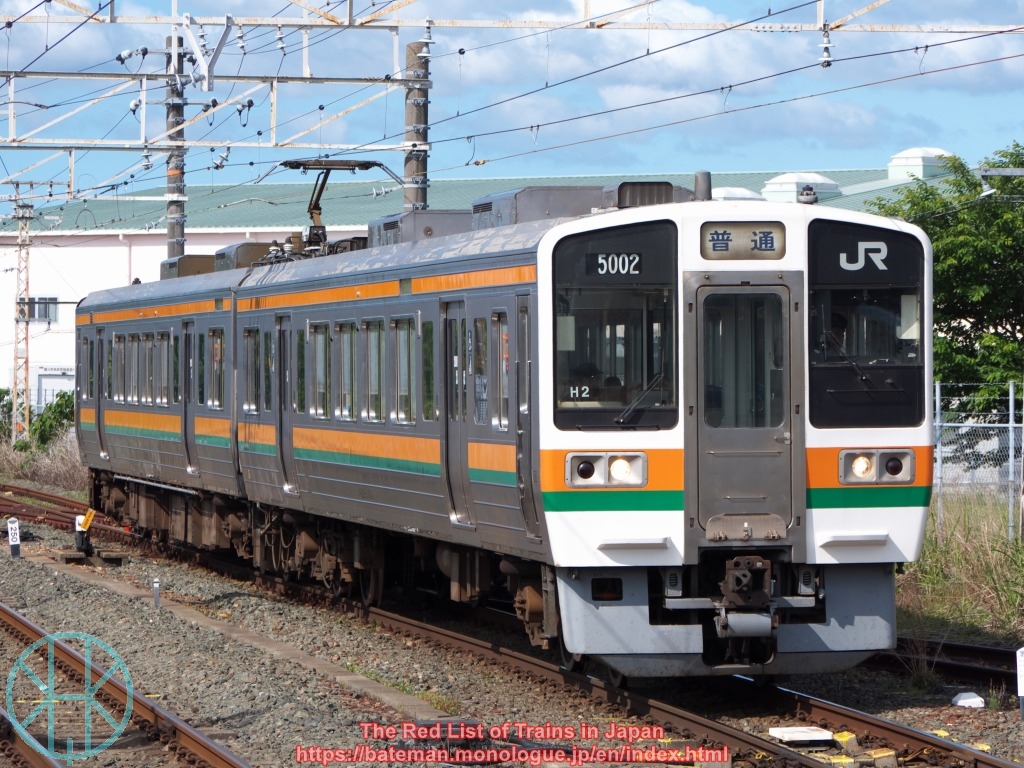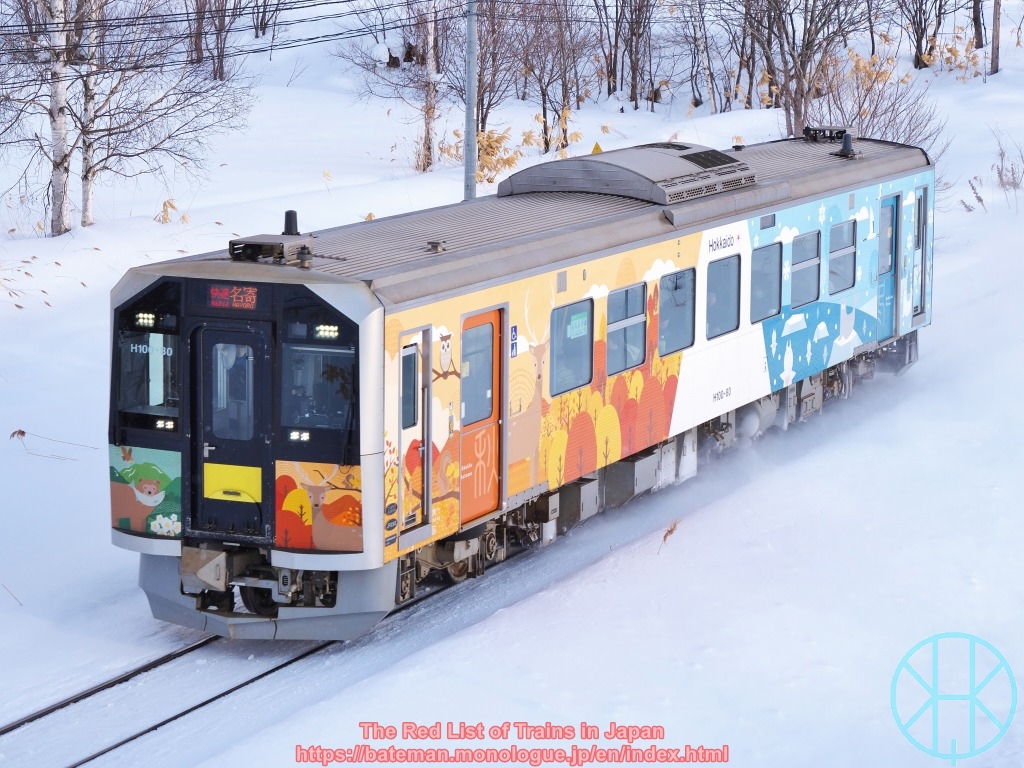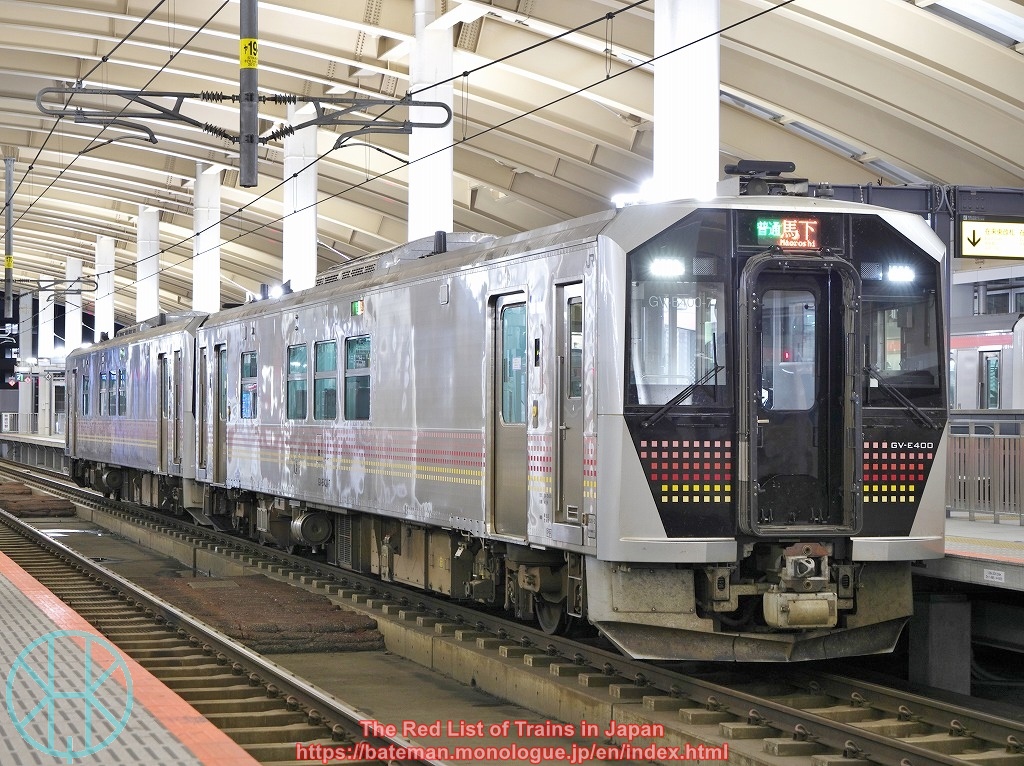JR companies published details about timetable revision on Saturday 16th March 2024. Unlike the past three years, several lines will provide more services than before, indicating the end of train reduction caused by COVID-19 pandemic. The revision usually takes place once a year, and what happens next time?
Reservation Scheme
Before looking into each company, it is important to note about limited express trains. After the timetable change, limited express services listed below will have reserved seats only.
| Hokkaido: | Hokuto, Ozora, Suzuran, Tokachi |
|---|
| East: | Sazanami, Shiosai, Wakashio |
|---|
| Central: | Shirasagi |
|---|
| West: | Thunderbird, Super Hakuto |
|---|
| Super Inaba, Yakumo |
According to the companies, introducing the all-reserved scheme will be fair for all passengers as they no longer have to wait for hours at platform to have a seat. Moreover, reserved-seat tickets are a little more expensive than non-reserved tickets so that the companies can expect more revenue. Furthermore, conductors will no longer have to carry out ticket inspection for all passengers onboard, but just have to check a tablet and only ask those sitting on a unreserved seat for ticket.
JR Hokkaido
JR Hokkaido has been declining for years because of financial difficulties, but there is good news. As ridership increased (thanks to foreign travellers), more Rapid Airport services will be provided. There are going to be six trains per hour instead of five between New Chitose Airport and Sapporo at daytime, one of which will be "Special Rapid" calling fewer stations than before (Sapporo, Shin-Sapporo, Mimani-Chitose and the Airport).
On the other hand, five stations on rural lines such as Soya Main Line will be closed. Furthermore, Nemuro Main Line between Furano and Shintoku, most of which has been closed since 2016 due to a devastating typhoon, will be permanently closed on 31st March. The company has been downsizing its network in scarcely populated areas including stations with less than a single user per week. This trend is, as everyone anticipated, continues.
JR East
A brand new E8 series bullet train enters into Yamagata Shinkansen service, replacing E3 series. The new E8 series can run at up to 300 km/h (187 mph), but its maximum speed will be restricted to 275 km/h (171 mph) until all E3 series retire in 2025 or 2026.
Furthermore, ten Yamabiko services on Tohoku Shinkansen at the daytime, which have been reduced since the pandemic began, will be reinstated.
Some E259 series will be reallocated to Limited Express Shiosai (Tokyo – Choshi), replacing all 255 series trains. The Narita Express trains have been repainted since earlier this year, suggesting that they will also be used for other trains.
205 series on Tsurumi Line retires. The commuter train introduced by Japanese National Railways is due to be superseded by brand new E131 series from Christmas Eve, and all old trains will be withdrawn by 16 March.
JR Central
All smoking rooms on Tokaido Shinkansen trains will be closed. Drinking water bottles will be stored in the room and will be provided in case of emergency.
In other news, all services on Chuo Main Line between Nagoya and Nakatsugawa (except Limited Expres Shinano) will be provided by brand new 315 series trains, with maximum speed being raised from 110 to 130 km/h (81 mph).
JR West
Hokuriku Shinkansen, one of the high-speed rails in Japan, will be extended from Kanazawa to Tsuruga in Fukui Prefecture. The fastest service between Tokyo and Tsuruga will take 3 hours and 8 minutes, 50 minutes shorter than the current timetables. 14 services run between Tokyo and Tsuruga every day and more during peak seasons.
Limited express services on Hokuriku Main Line will be rearranged as Shinkansen is extended. To put it simply, those trains between Kanazawa and Tsuruga will be replaced with the Hokuriku Shinkansen. Hence, Thunderbird will run between Osaka and Tsuruga, and Shirasagi will run between Nagoya and Tsuruga. Those who travel from Osaka or Nagoya to Kanazawa and vice versa will also benefit from the new high-speed rail in terms of journey time, but not in terms of fares.
681 series is expected to sharply decline as redundant 683 series will be reallocated to Shirasagi.
There will be new Limited Express Raku Raku Yamato between Nara and Shin-Osaka via Kansai Main Line and Osaka Loop Line. It is specifically designed for commuters who want to have a seat. There will be one return journey a day (weekdays only): one for Shin-Osaka in the morning and the other for Nara in the evening. The entire journey takes 66 minutes. The company also extends Limited Express Raku Raku Harima as such services have been successful. Furthermore, seat reservation scheme on Osaka Higashi Line and Yamatoji Line services during rush hours will be expanded.
To ease congestion amid growing number of foreign tourists, there will be more San-in Main Line (Sagano Line) services between Kyoto and Saga-Arashiyama. This line has been infamous for being overcrowded and yet JR West had been reluctant to do something. It seems that the company finally decided to provide more trains.
273 series, the brand new train for Limited Express Yakumo, will enter into service on 6th April (NOT 16 March). 381 series, the 40-year-old iconic train, will retire by June 2024.
JR Shikoku and JR Kyushu
There is no major changes on their timetables, but JR Shikoku will even out schedules of rural lines. For example, regional services on Kotoku Line at the daytime will leave Takamatsu station 42 minutes past the hour. Tokushima Line trains will leave Tokushima station 22 and 52 minutes past the hour. JR companies have long been accused of providing regional trains in rural areas uneven and thus hard to remember, but such improvement will surely be welcomed by local residents.
There is a rumour that 713 series trains in Miyazaki will retire on the day, but JR Kyushu has not mentioned about its fate so far.
There have been sad news about railways in Japan in the last three years, but it is good to hear that there are several positive aspects. Note that abovementioned information is merely a summary of documents published by six JR companies. For detail, check official press release as listed below.

















































